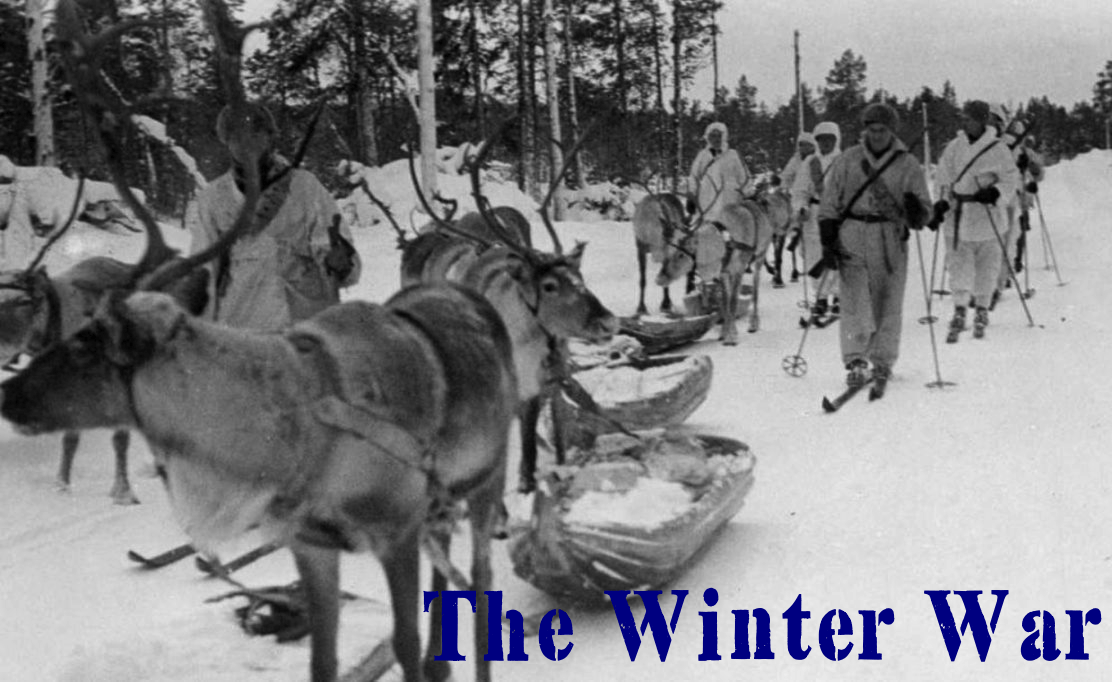The Winter War
The Winter War A direct result of the Molotov-Ribbentrop Pact, in which the Soviets “got” Finland. This resulted in a 3 ½ month war between Russia and… Read More »The Winter War
The Winter War A direct result of the Molotov-Ribbentrop Pact, in which the Soviets “got” Finland. This resulted in a 3 ½ month war between Russia and… Read More »The Winter War
